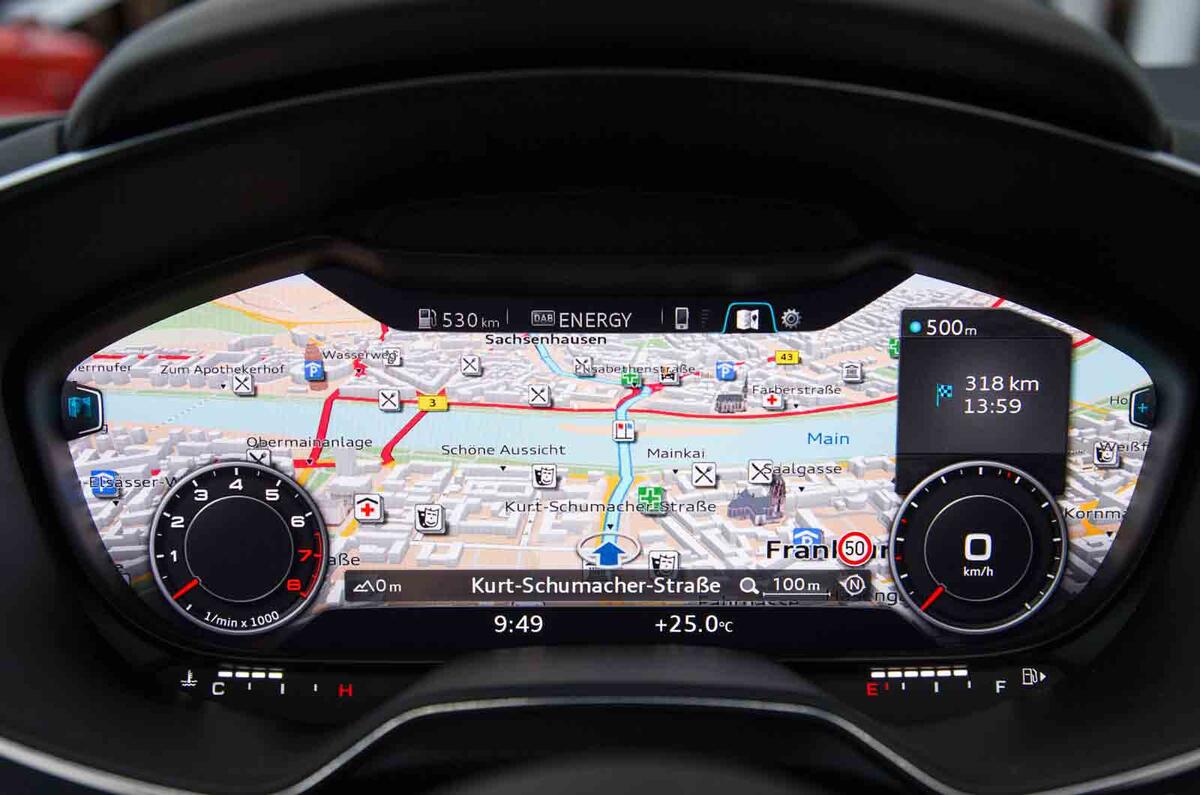The names of the companies exhibiting at International CES, the world’s biggest consumer technology show are intriguing – in some cases more so than the products that are being displayed.
Meandering around the enormous event at the Las Vegas Convention Centre a few caught my eye.
Dr Bott anyone? Not, as the name might infer, a supplier of remedies for worrying medical ailments, but a maker of ‘lifestyle products’ for Apple gadgets. How about Global Splendid International? You’d think the word ‘global’ encapsulates the firm’s wide-ranging remit without the addition of ‘international’.
All the major electronics companies are here too, showing off bendy tellys and other brilliant gadgets. CES is a tech geek’s dream and in recent years it has quietly taken on increasing significance for the automotive industry.
The car makers want to rub shoulders with the kind of early adopters that can help them to mould their future products for tech-savvy consumers.
In most cases, the new ideas being shown off by the car manufacturers revolve around connectivity, and how modern vehicles are increasingly melding with our ubiquitous electronic devices and even our homes.
Another major theme is how such fully connected devices can be used to provide greater levels of sophisticated personalisation to the driver if your car, phone, laptop, watch and even your home can communicate with each other.
Mercedes-Benz, for example, is using CES to show off its present and future visions for the connected car. At the moment this involves the use of apps to enhance navigation and information about the cars
The next step will be enabling the driver to access key data about the car from any location via a smartphone or computer. Oh, and the prospect of a car that can communicate with the thermostat in your home, ensuring that you open your front door to a pre-warmed house, isn’t far from reality either.
Mercedes also envisages that intelligent wearable devices can have a major bearing on the cars of tomorrow. For example, a smart watch connected to the car will inform the driver of remaining fuel, the vehicle’s location and even reassure you that you’ve remembered to lock the doors.
Google Glass, meanwhile, could seamlessly pick up where the car’s sat-nav instructions ended to guide the driver to their final destination after they’ve driven the vehicle to a nearby car park.
Another future concept is what Mercedes calls the Predictive User Experience, which learns about your driving habits and gives you options based upon them.
For example, if you regularly call your boss at a certain time during your commute to work, it will bring up the relevant phone number on the multimedia screen without you having to ferret around in menus to locate it. And you prefer the air-con to be set on 18 degrees; it will remember this and ask you whether you’d like that setting when you get into the vehicle.




Join the debate
Add your comment
Aren't they inextricably linked?
This is quite a timely question as I was recently in a discussion with some other old blokes like me who can remember our first cars - things like Triumph Spitfires, Series III Landrovers, Saab 99s and the like which we all maintained ourselves with the help of the Haines manual. Ah how fondly we remembered them until we really thought about it and realised what crap engineering they all had and how unreliable they were.
I couldn't tell you how to start fixing a modern car but I love that they are reliable. Much of that comes from ECUs and other IT stuff that keeps it going. So for me, while I like the 300 computer managed horses under the bonnet that make my car quick, it is just as important to me that it is reliable, possibly more important.
If I have any criticism about all this computer power in cars, its simply that its used to make cars drive in a dull, boring and 'safe' way according to a bunch of sensors that you can't properly turn off.
On the cusp....
Tech, what do I do with it? How does it work? It will break down, it will date. I want a big boot, a big engine, comfort etc... This will be going through many peoples heads and they might be right.
There will also be a good portion of people saying yes, I bloody hated driving round the M25 this morning. Give me a car that has the benefits of a train but delivers top quality infotainment in my own private mobile lounge/ carriage. Think about it positively, it could be all the good bits from a taxi, the car, a train, a private jet and your home. You might love not having to worry about not getting flashed or not missing a meeting or just plodding through traffic. There are few journeys these days where you can drive a car on its door handles. If you do you might fear getting a special invitation from the old bill to donate what's left of your life savings to the treasury.
That is partly why I salute bmw's i8 and i3. Super cool electric cars that are great to drive and best of all deprives the government from getting all of our hard earned cash while we sit waiting endlessly and motionless listening to Simon Mayo.
The perfect product could be automated device in the week and a whizzing, wurring beast for the weekend.
Some of the technology appeals....
I'll be keeping the level of tech down for the foreseable future. I must admit though, I like the idea of being able to select the data displayed on my dash (as shown by Audi for the new TT and also available on new Volvos, Merc S-Classes and Jag XJ's). It's just a shame you lose traditional dials in the process.